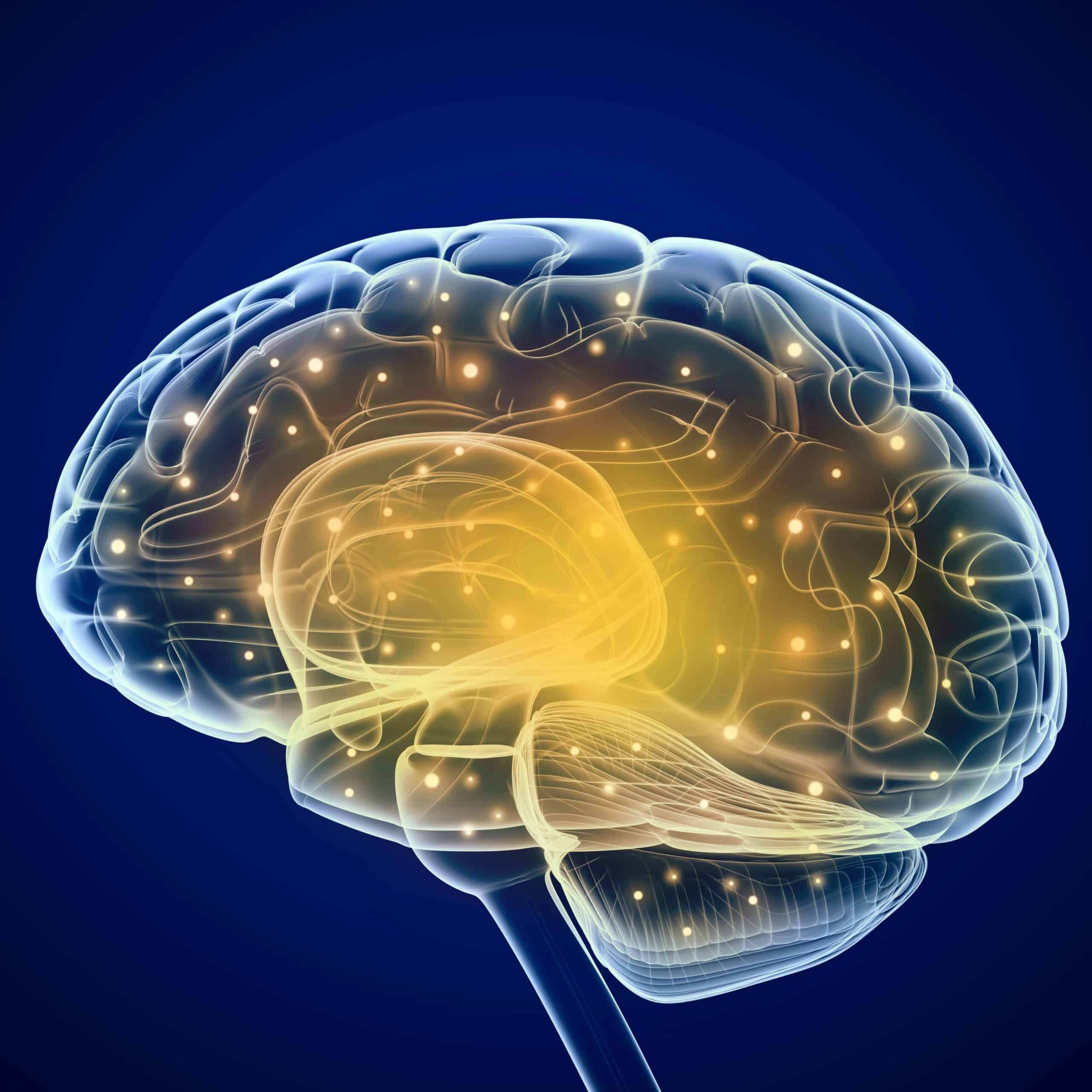Ependymal cells require continuous production of Foxj1 transcription factors to maintain function and shape, viruses which infect the brain have found a way to shut down the transcription factor and disable cells. Ependymal cells keep cerebrospinal fluid circulating and provide homes to neural stem cells which play roles in prevention of hydrocephalus which is the buildup of cerebrospinal fluid in the brain.
Currently the only way to treat hydrocephalus is insertion of a shunt to drain excess cerebrospinal fluids which has a 50/50 success rate and may cause serious complications. This study indicates drugs that preserve Foxj1 production may provide another method of treatment.
It was found that infusing brain cell progenitors with a drug to boost Foxj1 projection triggered more cell growth into ependymal cells. When the gene was switched off in mature cells, the ependymal cells transformed back to earlier undifferentiated states. Foxj1 was also observed to be fragile, degrading as quickly as 2 hours, meaning it must continuously manufacture new Foxj1 to preserve shape and cilia. IKK1 enzymes are used by ependymal cells to spur Foxj1 production. Many viruses such as herpes simplex have evolved machinery which block IKK2 had stop Foxj1 production.
Whether ependymal cells are stable or plastic has been answered by this study, which also provides mechanisms to make them lose their features to make them become no longer functional, showing an unexpected brain Achilles’s heel. More research is required to determine why evolution has not eliminated this back to for viruses targeting the brain, researchers suggest that there must be a benefit.




